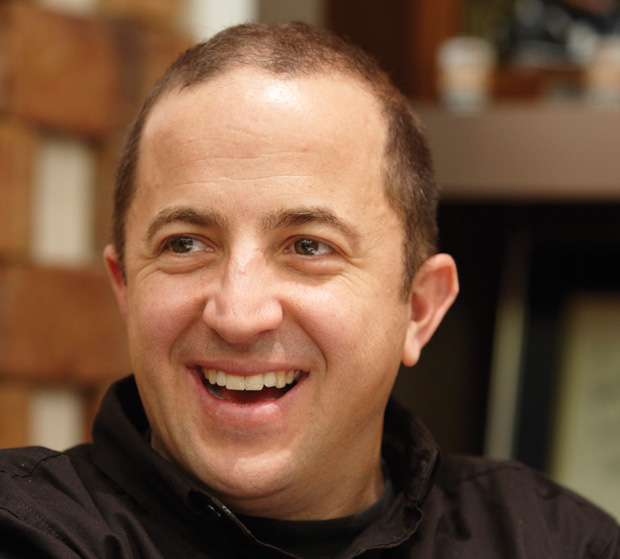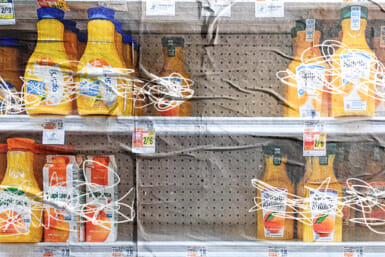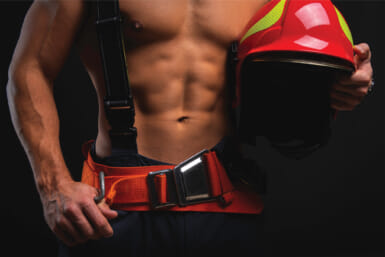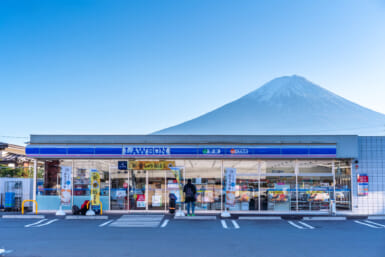A former US Army officer, Christian Walters joined Harley-Davidson in 2005, working on a number of projects related to overseas business for the quintessentially American motorcycle company. After a first visit to Japan in 2008, he soon returned with his wife Kristin and is now responsible for the sales, business development and marketing for Harley-Davidson Japan. An avid motorcycle rider since age 10, Walters enjoys group and solo riding, and attends company events on his own black Harley-Davidson Fat Bob motorcycle.
Tell us a little about the history of motorcycles in Japan.
The first domestic motorcycle in Japan was the NS in 1909; H-D’s first export ever came to Japan in 1913 with the Model 9E. Industry production really increased post World War II, when competition was fierce. In fact, Subaru and Mitsubishi once produced motorcycles, but eventually only the Big 4 remained as consumption peaked in 1982 at around 3.3 million units. Since that time, the market has decreased each year to 380,000 in 2009. The larger motorcycle market, such as where H-D competes, has been relatively flat despite industry decline as more customers transition to recreational riding.
What have been your greatest successes living and working here?
Our daughter was born here last March; my wife, son and I are truly blessed. In our first year here we have managed to find quite a few parks and attractions in the greater Tokyo area. We are now focused on traveling outside Tokyo as a family with scheduled trips to Hakone and Hokkaido this winter.
What have been the greatest obstacles you have encountered?
I was the first gaijin to work at H-D Japan, so as many of your readers can imagine, this brought some unique challenges. Personally, seeking to truly understand the situation and the balance between the local culture and global expectations is uniquely challenging. I have mitigated this by constantly reminding myself to “over communicate,” which has proved to be a valuable attribute. I am also not naturally a very patient person — so working here as forced some personal growth as well!
How have you found the Japanese motorcycle market to differ from others?
Japan is a very mature motorcycle market, similar to the USA and the developed European countries. Our customers are very knowledgeable about the products and really enjoy being individuals and expressing themselves in a unique way. One difference is customers here have some unique leather products customizing their motorcycles. Items such as bottle holders, coin holders (for tolls), and single-sided saddle bags are very unique to Japan. The custom leather industry here is quite remarkable.
A second area of difference is in how we distribute our products and services. The dealer network is quite fragmented with many smaller retail points. In other countries, the dealers will generally be higher volume and of less density.
The Harley Davidson brand represents a very traditional kind of Americana — what kind of clients does the company attract in Japan?
Our customers definitely are attracted to the iconic aspects of our brand. They love riding, freedom of the open road and a bit of Americana. Our demographic is slightly younger than the US customers, generally upper-middle class, and about 8 percent of our sales are to women. We’ve been here a while and consequently we now have over 180,000 Harley-Davidson customers in Japan; we are also proud to be the market leader in the backyard of some of the world giants of the industry.
What is the best way to get a license for big bikes in Japan?
If you are Japanese, you will have to attend an approved driving school and pass the test. H-D offers some support programs as the acquisition cost can reach ¥100,000. For a foreigner, like me, I only had to take the test since I had a motorcycle endorsement on my US license. Thank goodness I passed the local driving test first time around!
What part of American culture would you like to see more of in Japan?
Target, the store.
External Link:
Harley-Davidson Japan









